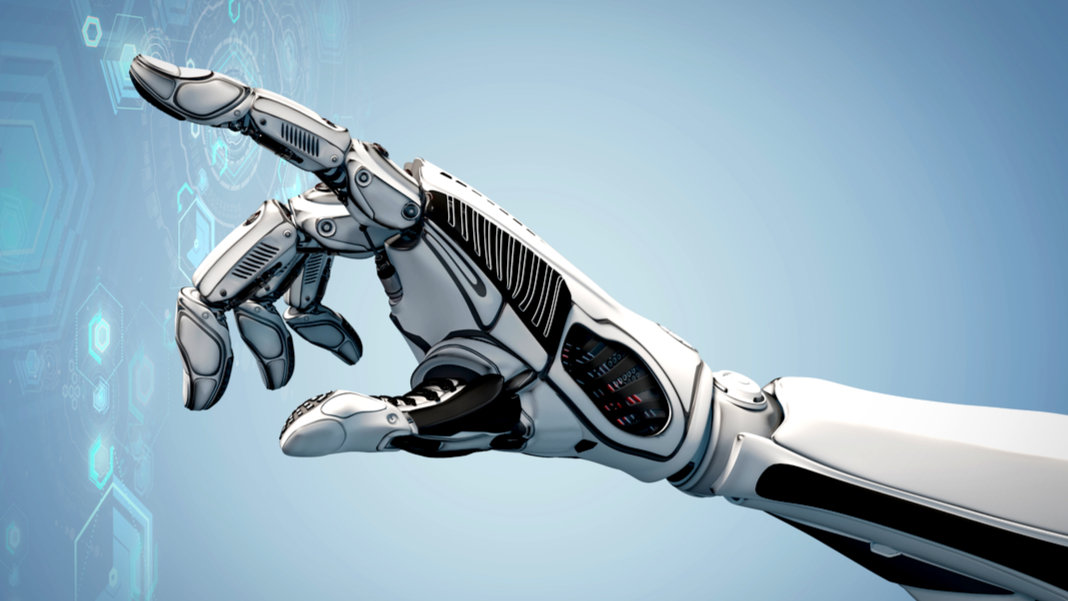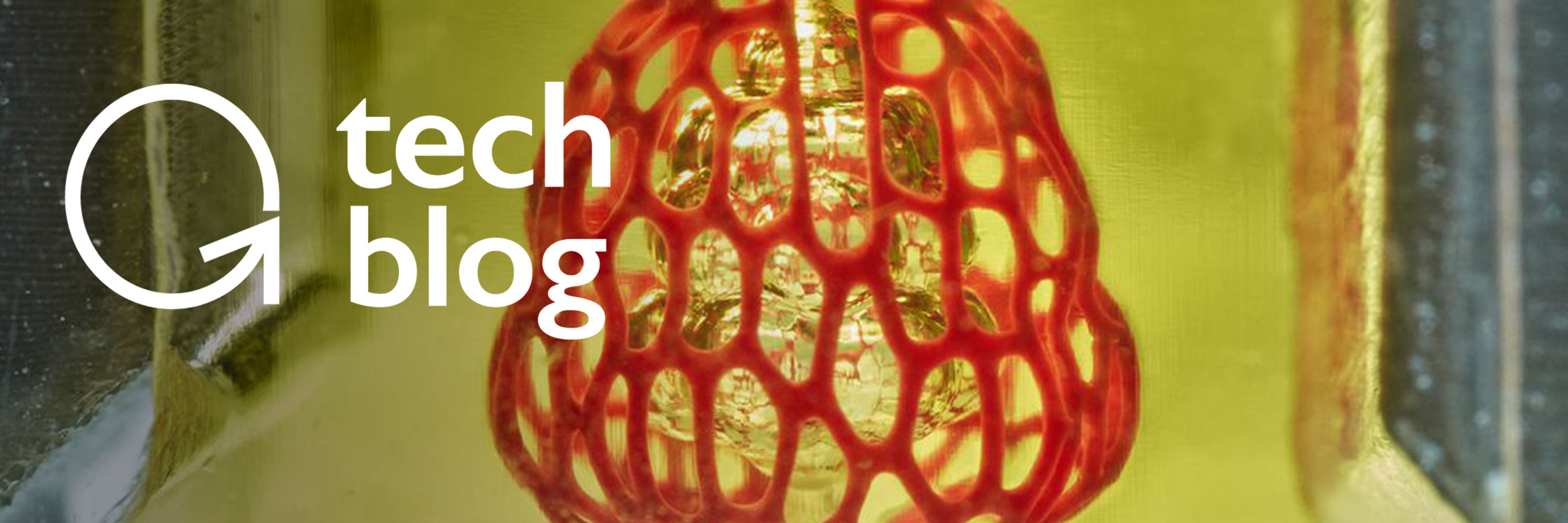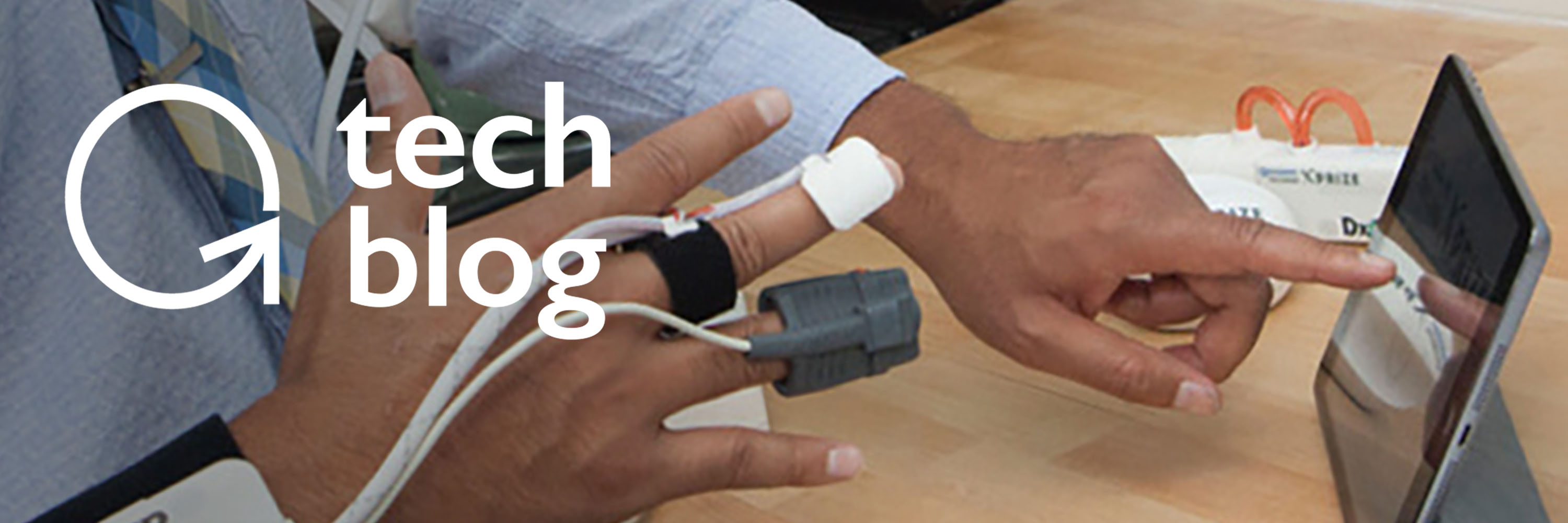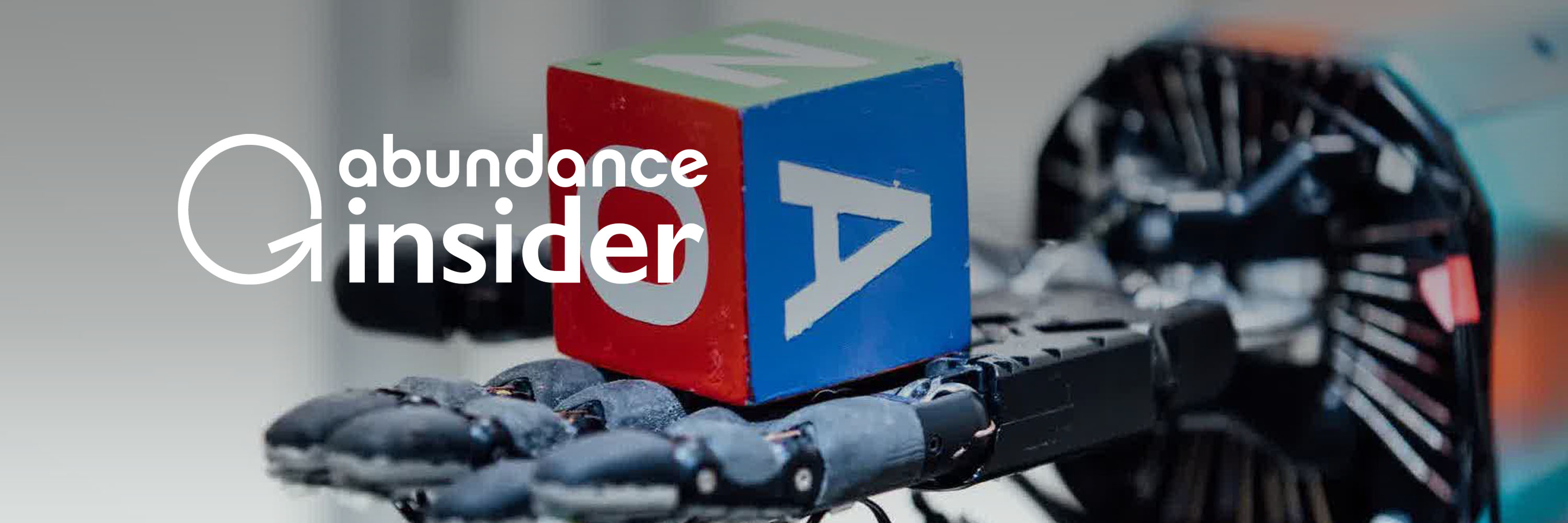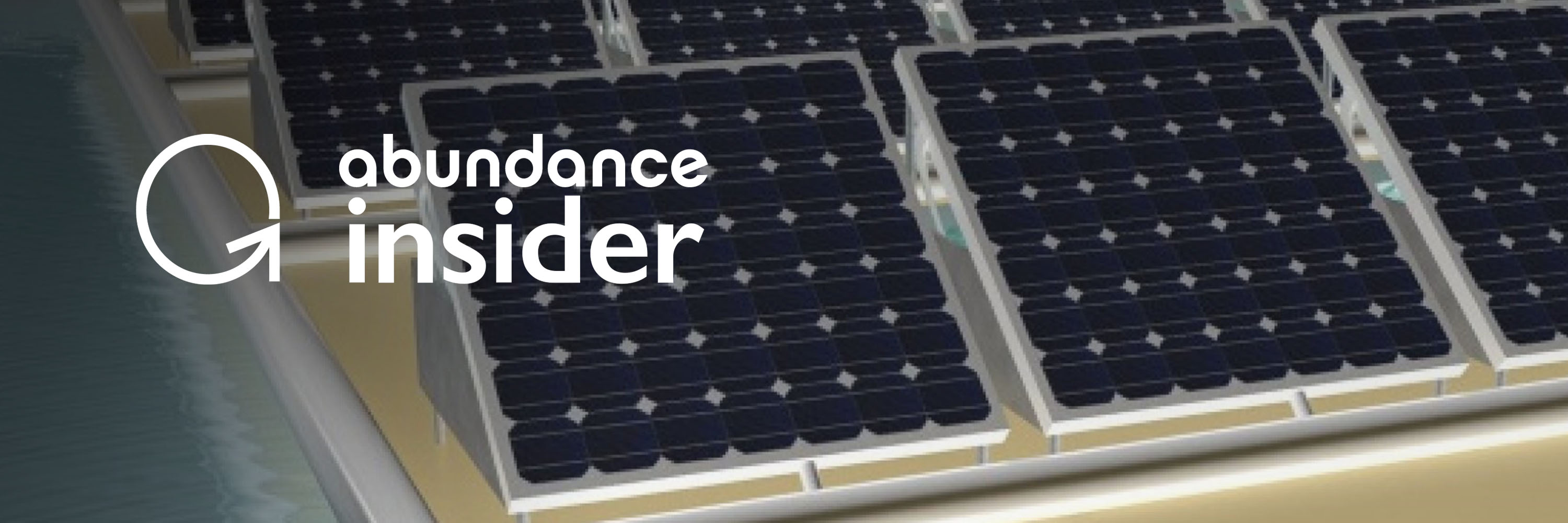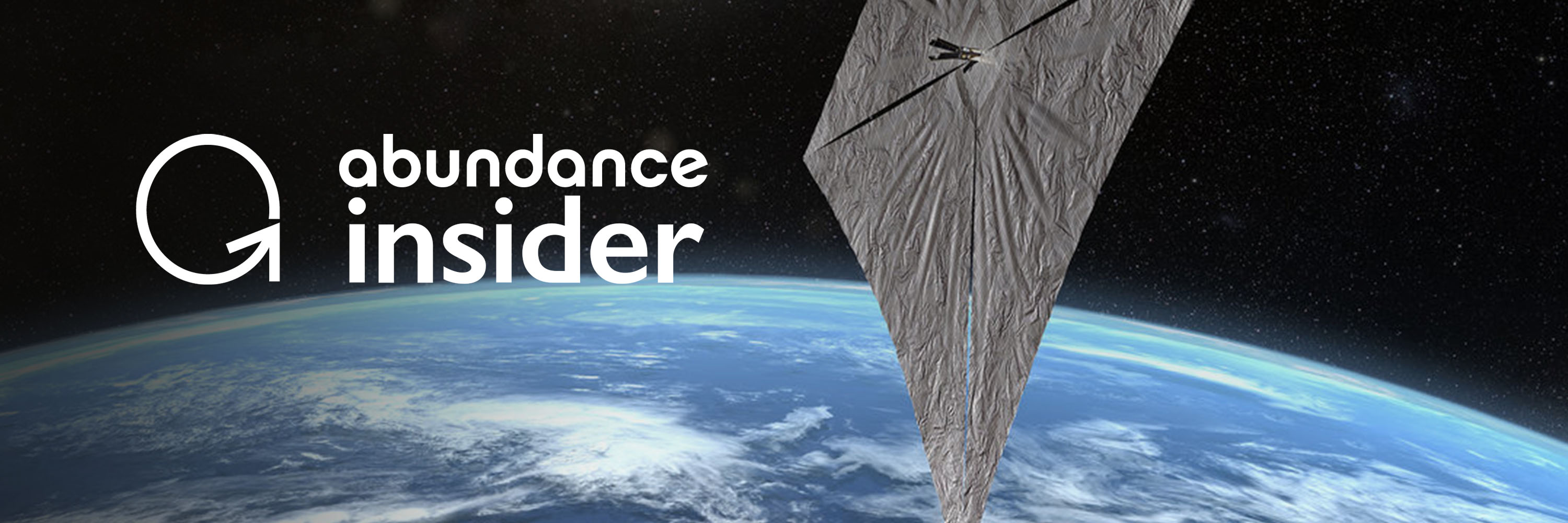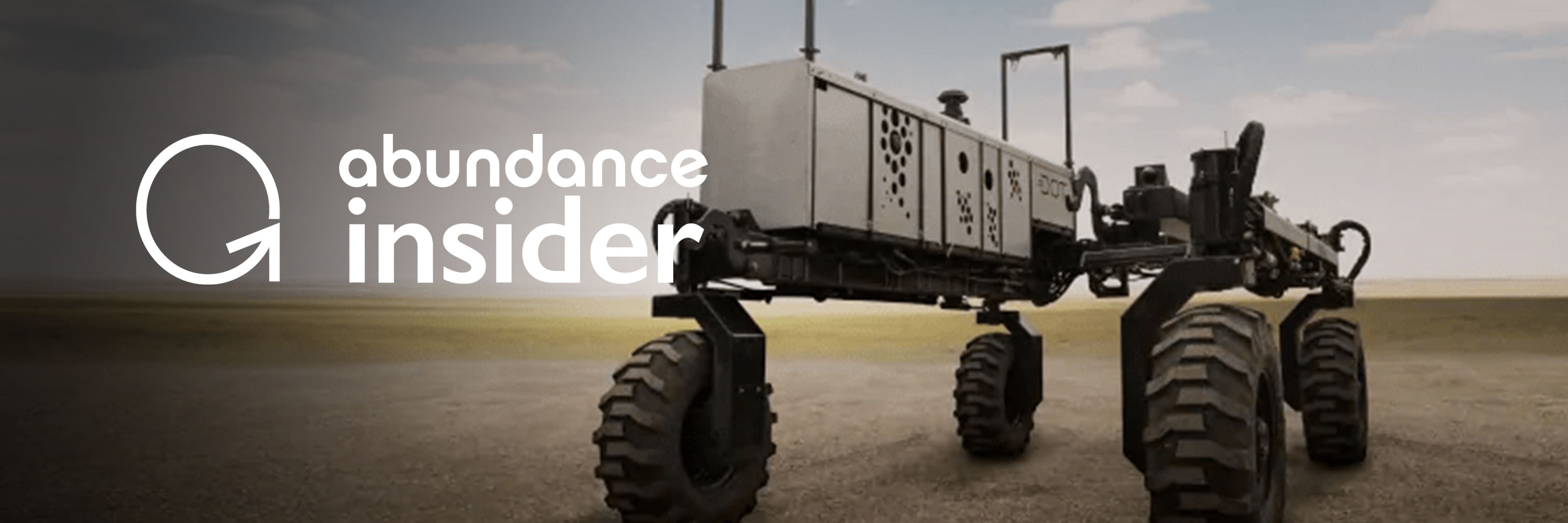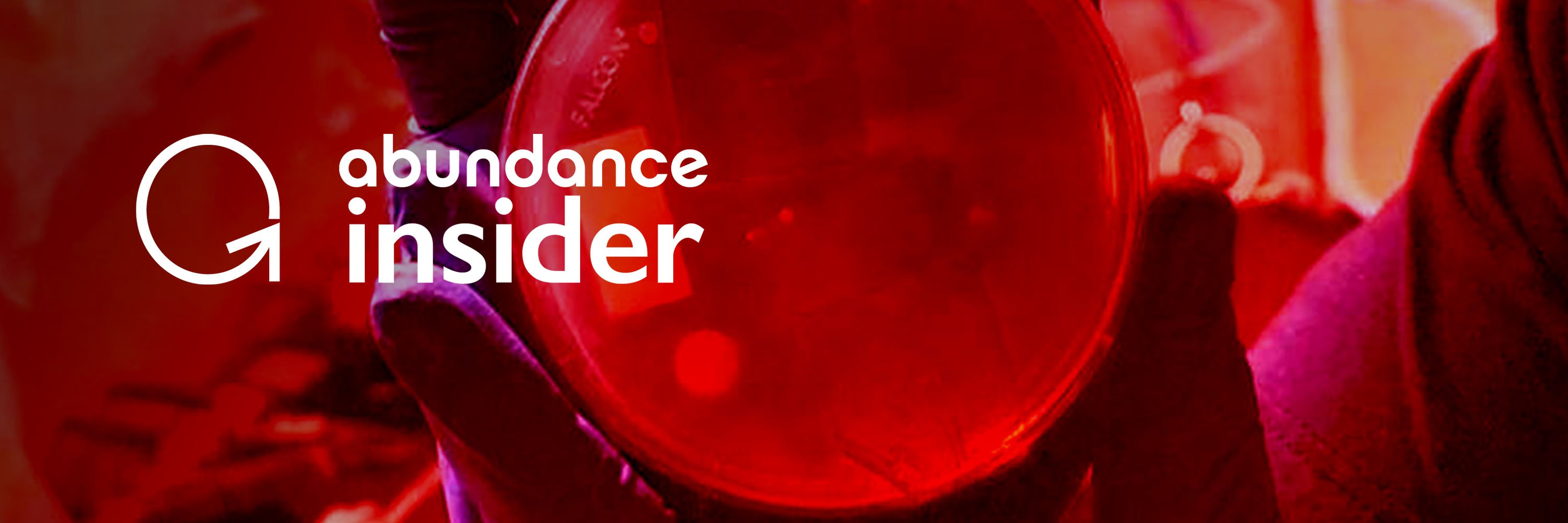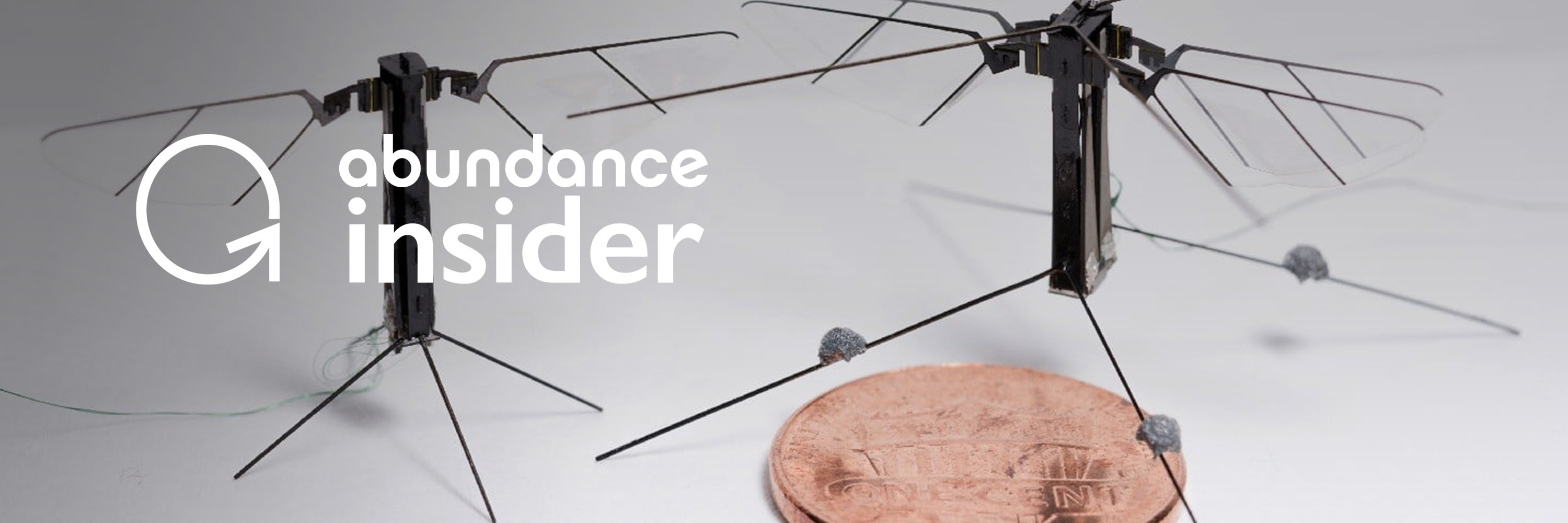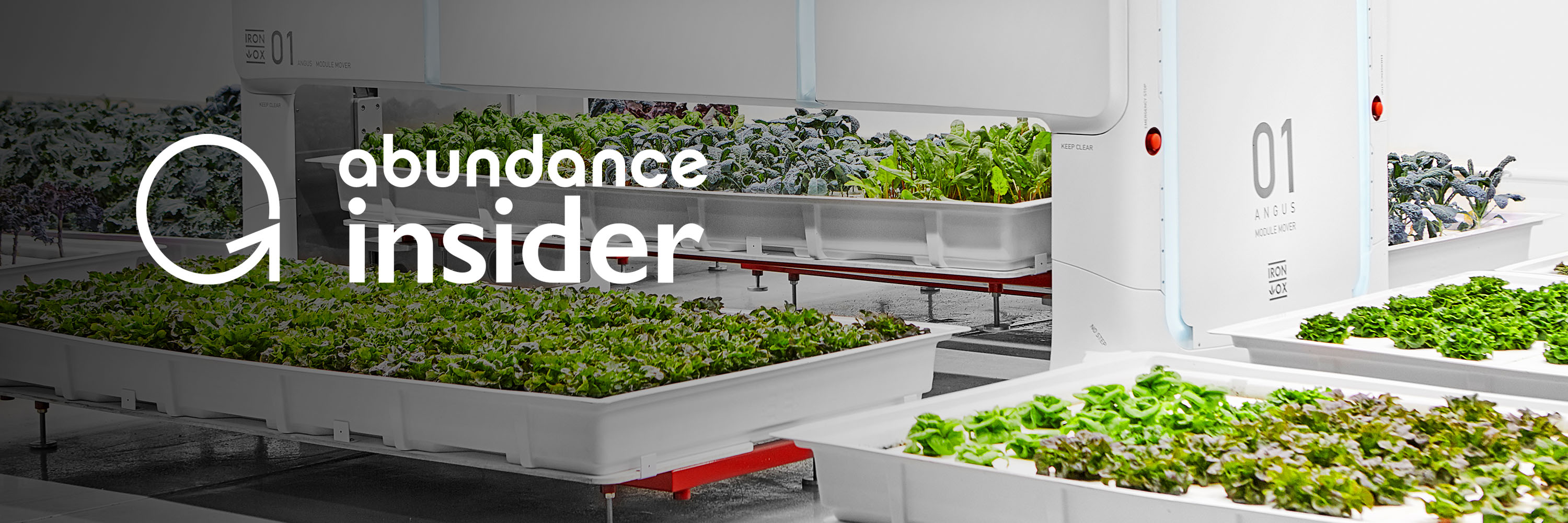The robots are coming! For years, Hollywood has warned us about the rise of robots, especially..
7 min read
Robots: Our New Friends & Colleagues
By Peter H. Diamandis on Aug 8, 2021
Topics: 3D Printing Robotics Abundance Entrepreneurship AI Exponentials Abundance 360 robots
7 min read
A New Era of Social Robots
By Peter H. Diamandis on May 30, 2021
Can robots be socially and emotionally intelligent?
Topics: Education Robotics Abundance Entrepreneurship AI Exponentials Abundance 360 robots future of education
8 min read
Artificial Intelligence & Shopping - A New Retail Era
By Peter H. Diamandis on Nov 24, 2019
Artificial Intelligence technology and broadband are eating retail for breakfast. In the first half..
Topics: 3D Printing Robotics Materials Science Manufacturing Sensors Entrepreneurship Exponentials Technology Artificial Intellegence robots materials networks connectivity smart cities construction connection Moonshots entrepreneur convergence aid exponential technology drone technology smart tracking mobile connectivity hyperloop Martine Rothblatt organ transplant
7 min read
Pursuing Moonshots: Martine Rothblatt’s Story
By Peter H. Diamandis on Nov 21, 2019
You just learned your daughter’s disease gives her less than 5 years to live. How do you react?..
Topics: 3D Printing Robotics Materials Science Manufacturing Sensors Entrepreneurship Exponentials Technology Artificial Intellegence robots materials networks connectivity smart cities construction connection Moonshots entrepreneur convergence aid exponential technology drone technology smart tracking mobile connectivity hyperloop Martine Rothblatt organ transplant
6 min read
Transforming Sick Care into Healthcare - Part 1
By Peter H. Diamandis on Nov 17, 2019
The U.S. healthcare industry is in for a major disruption in the decade ahead.
Topics: 3D Printing Robotics Materials Science Manufacturing Sensors Entrepreneurship Exponentials Technology Artificial Intellegence robots Drones Autonomous Drones materials networks connectivity smart cities nanobots construction connection entrepreneur augmented manufacturing convergence catalyzer additive manufacturing convergence disaster relief humanitarian aid humanitarian aid exponential technology drone technology smart tracking mobile connectivity hyperloop
7 min read
Hyperloop, Rocket Travel, and Avatars
By Peter H. Diamandis on Nov 13, 2019
What’s faster than autonomous vehicles and flying cars?
Topics: 3D Printing Robotics Materials Science Manufacturing Sensors Entrepreneurship Exponentials Technology Artificial Intellegence robots Drones Autonomous Drones materials networks connectivity smart cities nanobots construction connection entrepreneur augmented manufacturing convergence catalyzer additive manufacturing convergence disaster relief humanitarian aid humanitarian aid exponential technology drone technology smart tracking mobile connectivity hyperloop
9 min read
Abundance Insider: July 27th, 2019
By Peter H. Diamandis on Jul 27, 2019
In this week's Abundance Insider: IBM's open-source cancer-fighting AI tools, India's Moon-bound..
Topics: Abundance Insider Energy Robotics AI food Artificial Intellegence robots future of food lab grown meat
10 min read
Abundance Insider: July 20th, 2019
By Peter H. Diamandis on Jul 21, 2019
In this week's Abundance Insider:"Smart" glass, an "EpiPen" for spinal cord injury, and the..
Topics: Abundance Insider Energy Robotics AI food Artificial Intellegence robots future of food lab grown meat
9 min read
Abundance Insider: July 12th, 2019
By Peter H. Diamandis on Jul 12, 2019
In this week's Abundance Insider: AI-powered "aging clocks," VR in professional testing, and the..
Topics: Abundance Insider Energy Robotics AI food Artificial Intellegence robots future of food lab grown meat
10 min read
Abundance Insider: July 6th, 2019
By Peter H. Diamandis on Jul 6, 2019
In this week's Abundance Insider: A 3D bioprinter goes to space, this year's World Economic Forum..
Topics: Abundance Insider Energy Robotics AI food Artificial Intellegence robots future of food lab grown meat
12 min read
Abundance Insider: June 29th, 2019
By Peter H. Diamandis on Jun 29, 2019
In this week's Abundance Insider: Breakthroughs in energy storage, a noninvasive mind-controlled..
Topics: Abundance Insider Energy Robotics AI food Artificial Intellegence robots future of food lab grown meat
15 min read
Abundance Insider: June 21st 2019
By Peter H. Diamandis on Jun 21, 2019
In this week's Abundance Insider: New plant-based meat alternatives, Cadillac’s 200,000 miles of..
Topics: Abundance Insider Energy Robotics AI food Artificial Intellegence robots future of food lab grown meat
13 min read
Abundance Insider: June 1st, 2019
By Peter H. Diamandis on Jun 1, 2019
In this week's Abundance Insider: Self-driving USPS trucks, CRISPR in space, and multilingual..
Topics: Abundance Insider Space Robotics Transportation health Artificial Intellegence robots autonomous vehicles self-driving cars biotech
14 min read
Abundance Insider: May 24th, 2019
By Peter H. Diamandis on May 25, 2019
In this week's Abundance Insider: Tiny robotic bees, lung cancer-detecting AIs, and a new..
Topics: Abundance Insider Space Robotics health google Artificial Intellegence robots communication communications SpaceX satellites biotech automation
12 min read
Abundance Insider: May 17th, 2019
By Peter H. Diamandis on May 17, 2019
In this week's Abundance Insider: Tomato-picking robots, BCIs for addiction treatment, and a..
Topics: Abundance Insider Robotics health robots Amazon Brain computer interface automation bci brain machine interface
11 min read
Revolutionizing Disaster Relief with AI technology: A Tale of Convergence
By Peter H. Diamandis on Apr 7, 2019
Between 2005 and 2014, natural disasters have claimed the lives of over 700,000 people and resulted..
Topics: 3D Printing Robotics Materials Science Manufacturing Sensors Entrepreneurship Exponentials Technology Artificial Intellegence robots Drones Autonomous Drones materials networks connectivity trillion sensor economy smart cities nanobots construction connection entrepreneur augmented manufacturing convergence catalyzer additive manufacturing convergence disaster relief humanitarian aid humanitarian aid exponential technology drone technology nanorobots smart tracking mobile connectivity
14 min read
Abundance Insider: March 8th, 2019
By Peter H. Diamandis on Mar 8, 2019
In this week's Abundance Insider: Backflipping zoomorphic robots, SpaceX’s autonomous ISS..
Topics: Abundance Insider Space Robotics Transportation retail Artificial Intellegence robots healthcare Tesla SpaceX biotech deepfakes future of retail flying cars
13 min read
Abundance Insider: October 19th, 2018
By Peter H. Diamandis on Oct 19, 2018
In this week's Abundance Insider: Self-balancing bipedal bots, California chatbot regulations and..


